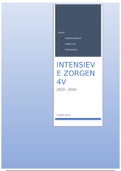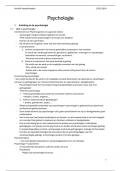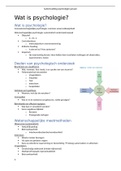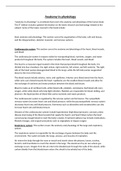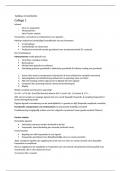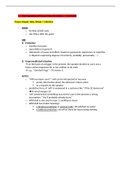2 Budget constraint
Composite good is everything else the consumer wants to consume other than good 1. The slope of
a budget line is -p1 / p2. The slope measures the opportunity cost of consuming good 1. When you set
one of the prices on a budget set at 1, we call that price the numeraire price. A lumpsum tax or
subsidy is a fixed amount of money that is paid in once, not in small amounts. On page 28-30 are
some examples of budget lines, when food stamps or rationing is implanted in society.
3 Preferences
Strictly preferred: (x1,x2) ≻ (y1,y2)
Indifferent: (x1,x2) ~ (y1,y2)
Weakly preferred: (x1,x2) ⪰ (y1,y2)
Three assumptions about preferences: 1) Reflexive, any bundle is at least as good as itself.
2) Transitive, if X is at least as good as Y and Y is at least as good as Z then X is at least as good as Z.
3) Complete, any two bundles can be compared. Indifference curves cannot cross. Two goods are
perfect substitutes if the consumer is willing to substitute one good for the other in a constant rate.
Perfect complements are goods that are always used together, so they need each other to be used.
A bad is a commodity that the consumer doesn’t like. Neutral good is if the consumer doesn’t care
about it. Sometimes we consider the satiation, this is the best bundle for the customer, the closer he
gets the better of he is. A discrete good is a good that is only available in integer amounts.
Well-behaved indifference curves: more is always better, when good and not bad. Monotonicity of
preferences, more is always better. There are: Convex, nonconvex and concave preferences. With
convex: averages are better than extremes. With concave: extremes are better than averages. The
Marginal Rate of Substitution (MRS) is the slope of an indifference curve and is equal to the slope of
the budget line -p1 / p2. One also says marginal willingness to pay.
4 Utility
Cardinal utility; Believes your utility is expressible by a number. A monotonic transformation is an
transformation of an utility function, e.g. multiplication by 2. MRS = - MU 1 / MU2.
Examples of utility functions:
Perfect substitutes: because the customer doesn’t have a preference general it’s: u(x 1,x2) = ax1 + bx2.
It doesn’t assign a higher label to one bundle and it is constant along the indifference curve. The
slope is general -a / b.
Perfect complements: this is the right shoe-left shoe case. u(x 1,x2) = min{11,10} = 10. So the general
form is u(x1,x2) = min{ax1,bx2}.
Quasilinear: the indifference curves are vertically shifted up or down. The general form looks like
this: u(x1,x2) = v(x1) + x2, where x2 is linear but v(x1) can be ln(x1) so this can be nonlinear.
Cobb-Douglas: u(x1,x2) = x1c * x2d . The demand functions are as follow:
5 Choice
The optimal choice lies on the budget line and is the tangent line of the
indifference curve, and is the furthest away from the origin. A discrete good is only available in
integers. A concave preference has an optimal bundle on one of the axes. A perfect substitution
preference has almost always an optimal bundle on one of the axes.


